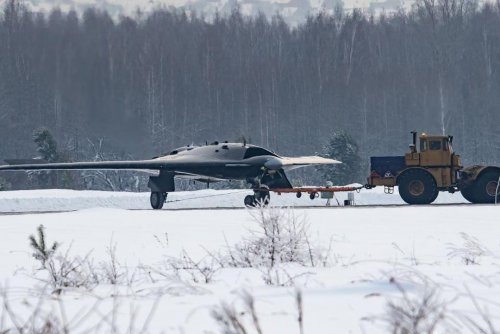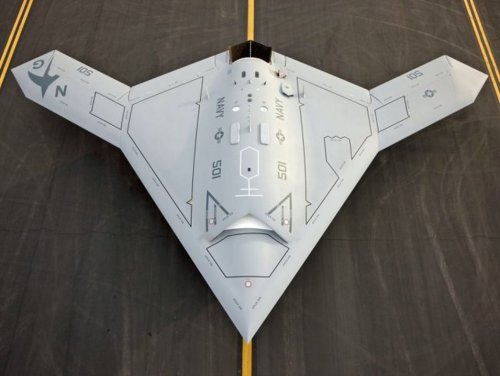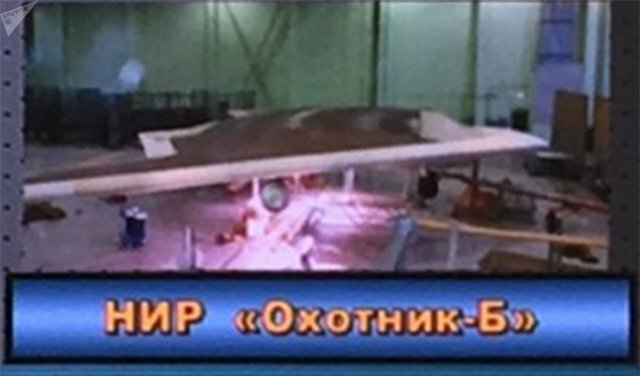TomS said:
It still has to penetrate defenses. Any radar looking from off axis (from the side or even from above or below) will see a nice clear constant-radius curve.
And don't even get started on the IR issues of making no attempt to conceal hot metal or to attenuate exhaust.
This is a bad joke of a design if they are even slightly concerned about signature management.
With all due respect, the bad joke here is the assumption that this is what the final product will look like. Where does that come from?
It seems *decidedly* more likely to me that this is but the first of several prototypes, and intended to test aspects (FCS? Autonomy? Structures? Inlet performance?) for which full LO would be a needless waste of money.











